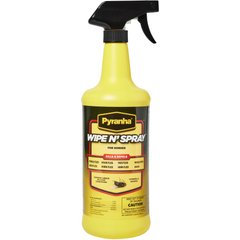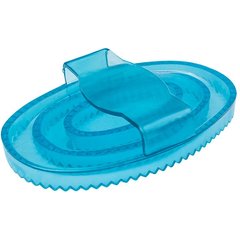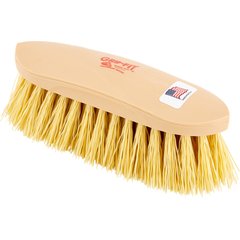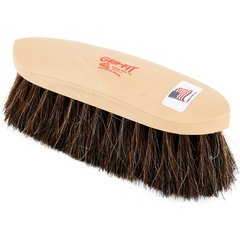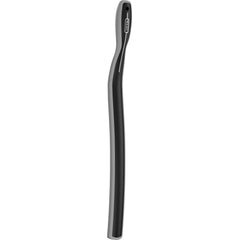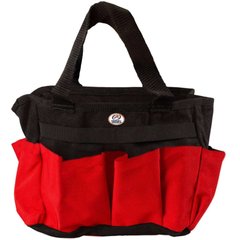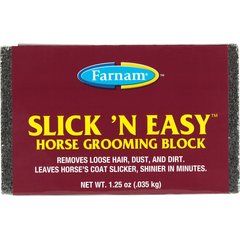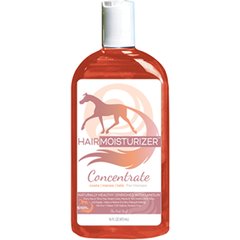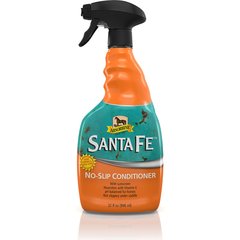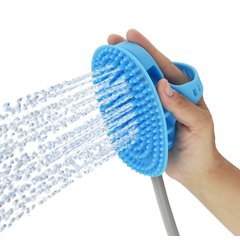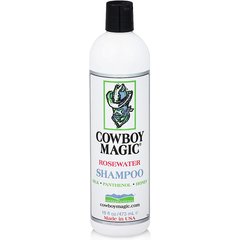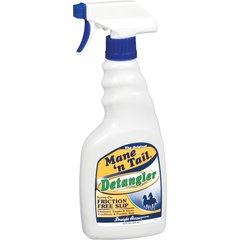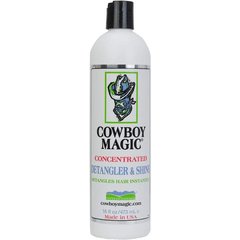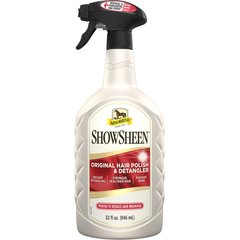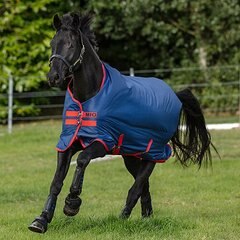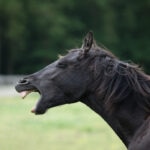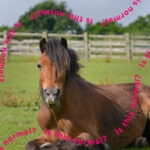Why Do Horses Roll?
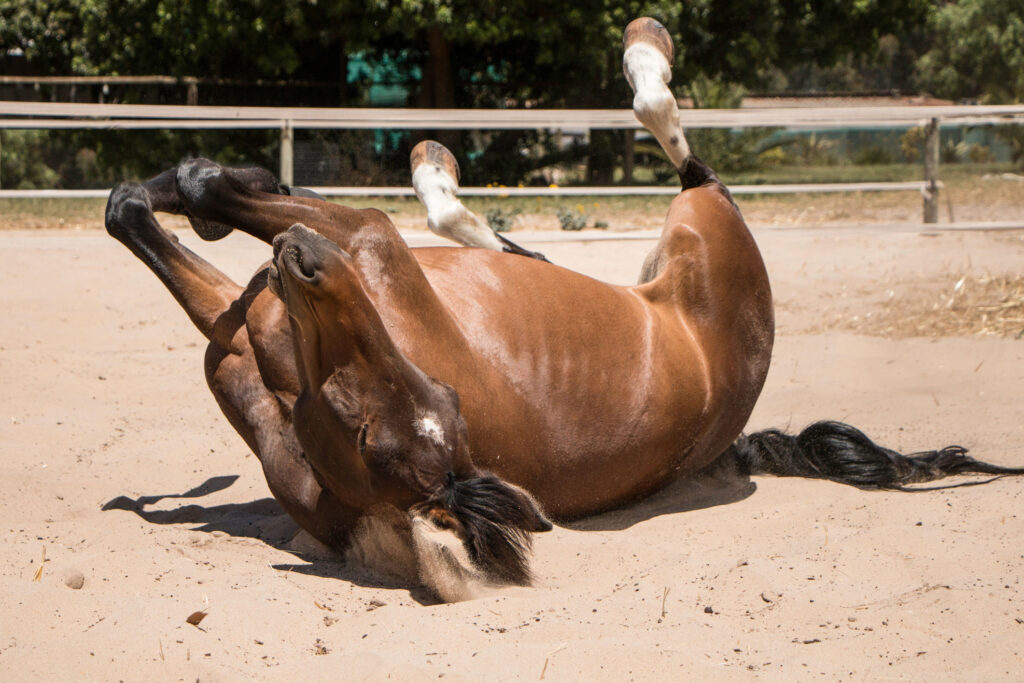
Photo by Wirestock/iStock / Getty Images Plus via Getty Images
Chances are, you’ll catch your horse rolling on their back—but why do horses roll around? Sometimes they’ll roll for fun, but many times there’s a method to their madness.
Understanding why and learning your horse’s “normal” can provide important information about their health and overall comfort.
Why Do Horses Roll?
From needing to cool off to feeling under the weather, here are seven reasons why horses roll in the dirt.
1. To Cool Off
Ever seen a sweaty or wet horse roll around? They do this simply to cool themselves off.
“While it is hard to determine exactly how [rolling] helps with cooling off, it is more likely to help with drying off,” says Bob Coleman, PhD, an associate professor and equine extension specialist for the University of Kentucky. “When [horses] dry off, the evaporation of the water next to the skin can help with cooling.”
2. To Help Shed Their Coat
Springtime triggers horses to shed their heavy winter coats. That loose, dead hair can be itchy.
Rolling relieves the scratchiness, and the friction from rubbing their back on the ground speeds up the shedding process.
3. To Ward Off Pesky Flies
A good roll in the dirt coats your horse with dust or mud to create a barrier, making it harder for pesky flies to bother them. It can also help get pests off their back, at least temporarily.
Using fly repellent, fly sheets, and masks, you can help your horse ward off biting bugs.
Recommended Products
4. Because It Feels Good!
Animals are far better at practicing self-care than humans. Rolling is one way horses relax.
“Having a good roll and shake afterward can help activate the parasympathetic nervous system, which takes the body from being stuck in ‘[fight-or-]flight’ to a state of ‘rest and digest,’” says Summer Terry, an equine rehab therapy specialist who owns Superior Therapy LLC, which operates out of Binger, Oklahoma, and Cottonwood, Arizona.
“It’s a natural way of discharging bound-up energy and grounding the body,” adds Terry.
Sometimes, there’s still excess energy, so you see horses jump up, run, buck, and kick to discharge the remaining energy.
5. Because They’re Sick
In some situations, rolling can indicate pain or illness. Watching your horse roll and getting to know their behavior helps you identify when something is wrong.
“It is really important to observe your horse’s normal behavior, because every horse is going to have a little bit of a different quirk,” says Carey A. Williams, PhD, the equine extension specialist and director of the endocrinology and animal biosciences graduate program at Rutgers University.
“What might be not normal for my horse might be normal for somebody else’s horse,” Williams says. “So it’s really important for them to just observe their normal behavior so that they can more easily pick out what’s not right.”
Generally, pain-related rolling is more frantic and urgent, Williams explains. A horse rolling in pain will appear distressed and may thrash too. These symptoms may indicate your horse is suffering from colic.
In cases of colic, knowing how to respond is critical to reducing the potential for additional injury or to help reduce the risk of damaging the intestines. If your horse is frantically rolling, get them up and walking and call your veterinarian immediately.
“Horses may resist walking and require two or three people to keep them moving,” Williams says. “Definitely listen to your vet on this—but they might tell you that it’s OK to let your horse lay there if he is quiet or laying down and sitting back up.”
6. To Stretch and Realign Their Spine
For humans, yoga positions such as the Happy Baby Pose help create healthy spine motion and correct pelvis alignment, says Terry. Horses can achieve similar effects through rolling.
“It helps to relax the superficial layer of fascia, release restrictions, and increase circulation throughout the body,” says Terry. “As a bodyworker, I notice that horses with more musculoskeletal issues will not be able to roll over completely or may stop rolling altogether. It’s difficult to get up and down.”
Terry added that it’s common to see horses with digestive issues, stifle problems, or pregnant mares rubbing their bellies on the ground; this helps to activate the ventral fascia line (the connective tissue linking both sides of the abdominal muscles together) that runs along the abdominal area.
7. To Communicate With Other Horses
“Some suggest [rolling] can help a group of horses communicate, as a scent of the horse will be left on the area that the horse rolled,” says Coleman.
Leaving scent behind is important for horses to mark their territory, similar to how dogs urinate on and around different areas.
How To Manage Horse Rolling and Keep Your Horse Clean
Chances are the first thing your horse does after a good grooming or bath is drop and roll. While you might groan that your horse has just undone all your work, Williams encourages you to resist rushing out to groom them right away. The exception of course is if you’re competing and need a clean horse to show.
“Horses like to have a layer of dirt or dust,” she says. “It acts as a protective barrier for the skin from extra moisture, extra dryness from the sun, and flies.”
The right tools in your grooming kit make cleaning up before your next ride easier. Consider having the following supplies on hand for post-roll cleanup:
General grooming:
- A curry comb to bring dirt and debris to the surface
Recommended Product
- A stiff brush to flick away the loosened hair and dirt
Recommended Product
- A soft brush to remove fine particles and gently brush sensitive areas like the face and legs
Recommended Product
- A sweat scraper to remove excess moisture after exercise or a bath
Recommended Product
- A grooming tote to organize your supplies
Recommended Product
- A grooming block to remove loose hair and dirt
Recommended Product
- Coat conditioner and detangler (some coat conditioners include a light sunscreen to protect the horse’s coat)
Recommended Products
- A mane and tail comb or brush to detangle hair and remove shavings
Recommended Product
Bathing supplies:
- Sponge
- Brush with hose attachment
Recommended Product
- Shampoo and color-enhancing shampoo
Recommended Products
- Coat conditioner and detangler
Recommended Products
Horse show grooming:
Many of the supplies in your general grooming and bathing kit are helpful in getting your horse ready to compete. Having separate sets for daily use and horse show use reduces the chances that dirt will transfer onto your horse’s coat.
After a bath, spraying your horse with a coat polish, like ShowSheen, makes them sparkle, and it also makes it easier to remove dust and light dirt without another bath.
Recommended Product
Using a spot and stain remover, like Absorbine ShowSheen Miracle Groom, is a lifesaver if your horse needs a quick touch-up.
Recommended Product
And dressing your horse in a turnout sheet helps keep them clean overnight and in-between classes.
Recommended Product
This content was medically reviewed by Kaela Schraer, DVM.
